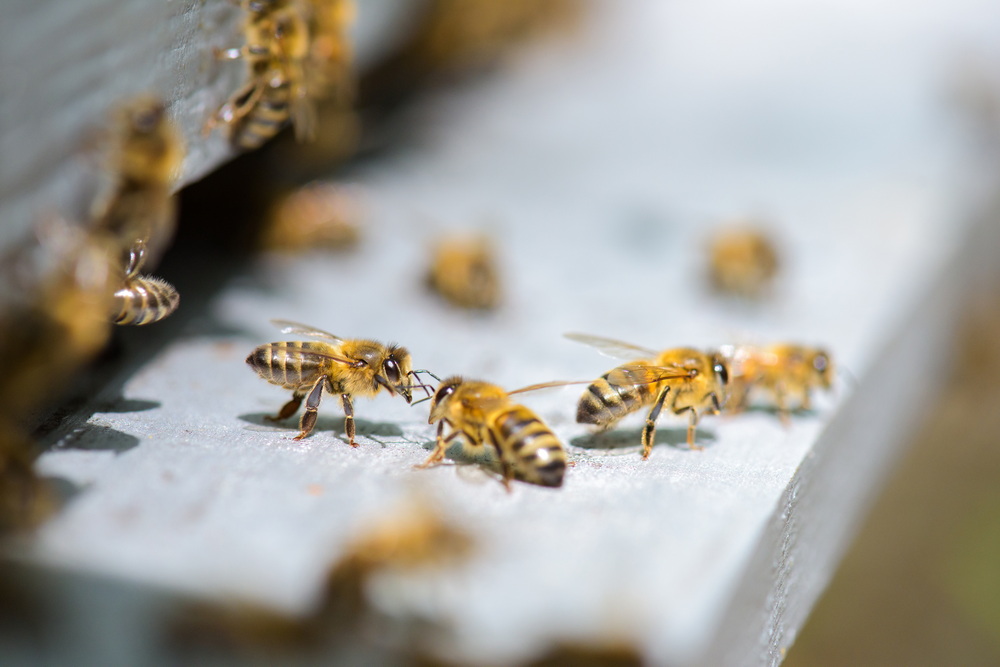What are the Main Threats to Bees?
If you didn’t know that the world’s bee population in under threat, you have possibly been living under a rock for the last few years. According to the WWF (World Wildlife Federation), one in six species is in danger of becoming extinct if humans do nothing about climate change. Furthermore, in the next few decades, there is a risk that 40% of the world’s insect population die out, including the bee.
Without appreciating the importance of insects to the planet, you might be thinking that this is not such a bad thing. After all, less creepy crawlies in the world the better. But the reality is that this is a profoundly serious situation. Every animal and insect in our world have a purpose and is part of the ecosystem. Without them, other plants, animals, and insects would also disappear, ultimately contributing to a global food shortage. The bee is in fact one of the world’s most vital pollinators. Without them, food security would be severely threatened. So, what is causing a decline in the bee population?
Habitat Loss
As the world’s population grows, deforestation for the construction of both residential and commercial buildings has led to a major loss of habitat for a variety of animals and insects, including the bee. With land developed for roads and infrastructure, there has been a massive drop in the number of flowering plants that bees need to survive.
Pollution
The use of pesticides on plants is putting our most important pollinators at risk. In order to prevent damage to crops from pests such as weeds and certain insects, farmers will use chemicals designed to kill these pests. Unfortunately, the chemicals used also affect the bees, with one type of chemical in particular – neonicotinoids – linked to huge declines in bee populations. Despite severe restrictions on the use of these chemicals in Europe and the UK, the U.S. Environmental Protection Agency is permitting the use of four of the most harmful chemicals (including neonicotinoids) to bees to be used for the next 15 years.
Pests
There are many animals and other insects that are a threat to the survival of the bee populations around the world. With numbers already in decline, the threat from pests such as bears, mice, wasps, wax moths, and mites could have a massive impact on bees’ ability to survive. The Varroa mite is a particular threat to honeybees and can cause the loss of entire colonies unless they are dealt with quickly and effectively. Most beekeepers will be vigilant to the presence of these mites in a hive and will take steps to prevent them from getting out of control.
Disease
Bees are prone to various diseases, and many of these diseases will spread from one colony to another if left unchecked. Beekeepers have a responsibility to inform the local authority if they suspect their colony has a disease. As soon as disease is noticed, the beekeeper must take steps to treat it and prevent the spread.
What Can You Do to Save the Bees?
There are things that we can do to help save the bees. Organizations like Project Honey Bees sells handmade beautiful pieces of bee jewelry from which they donate some of the proceeds towards bee conservation. The stunning pieces would be a wonderful treat for yourself or a lovely gift for someone you love.
You can also do your bit by making your garden more bee friendly. Planting wildflowers and herbs that bees like will attract them and give them the opportunity to collect the nectar and pollen they need for survival.







